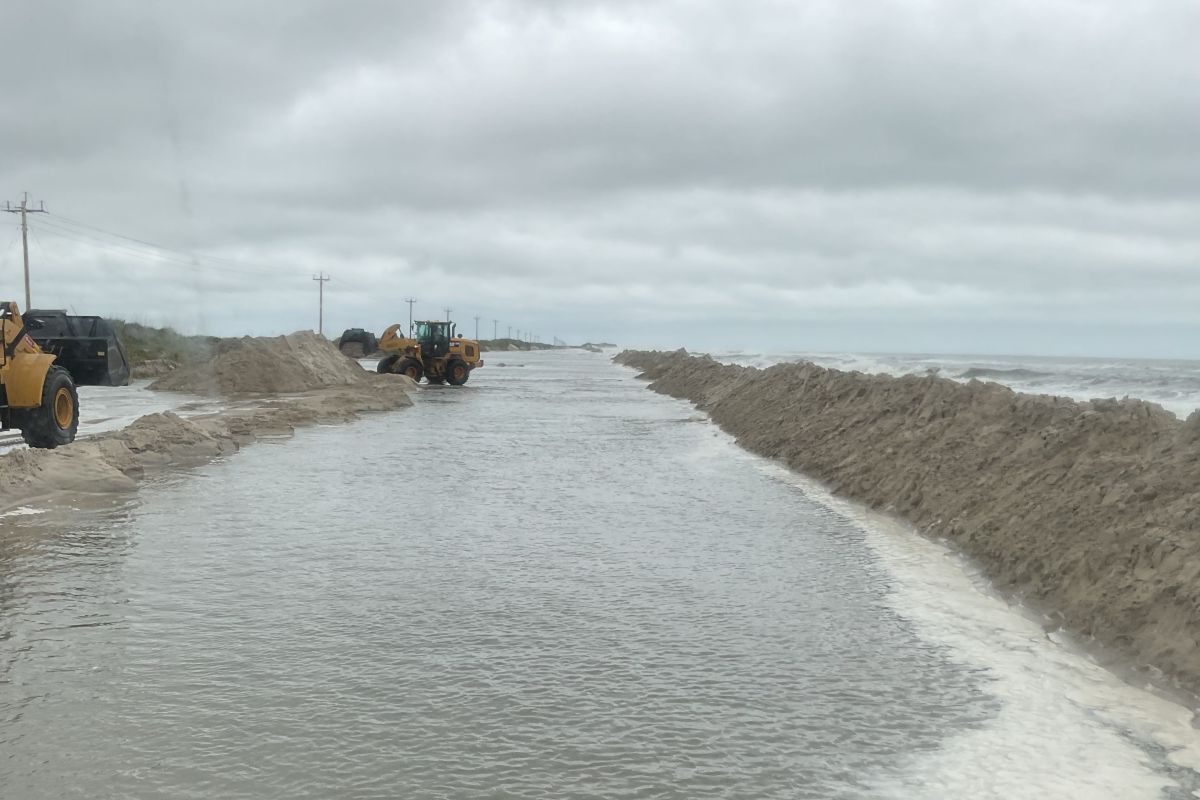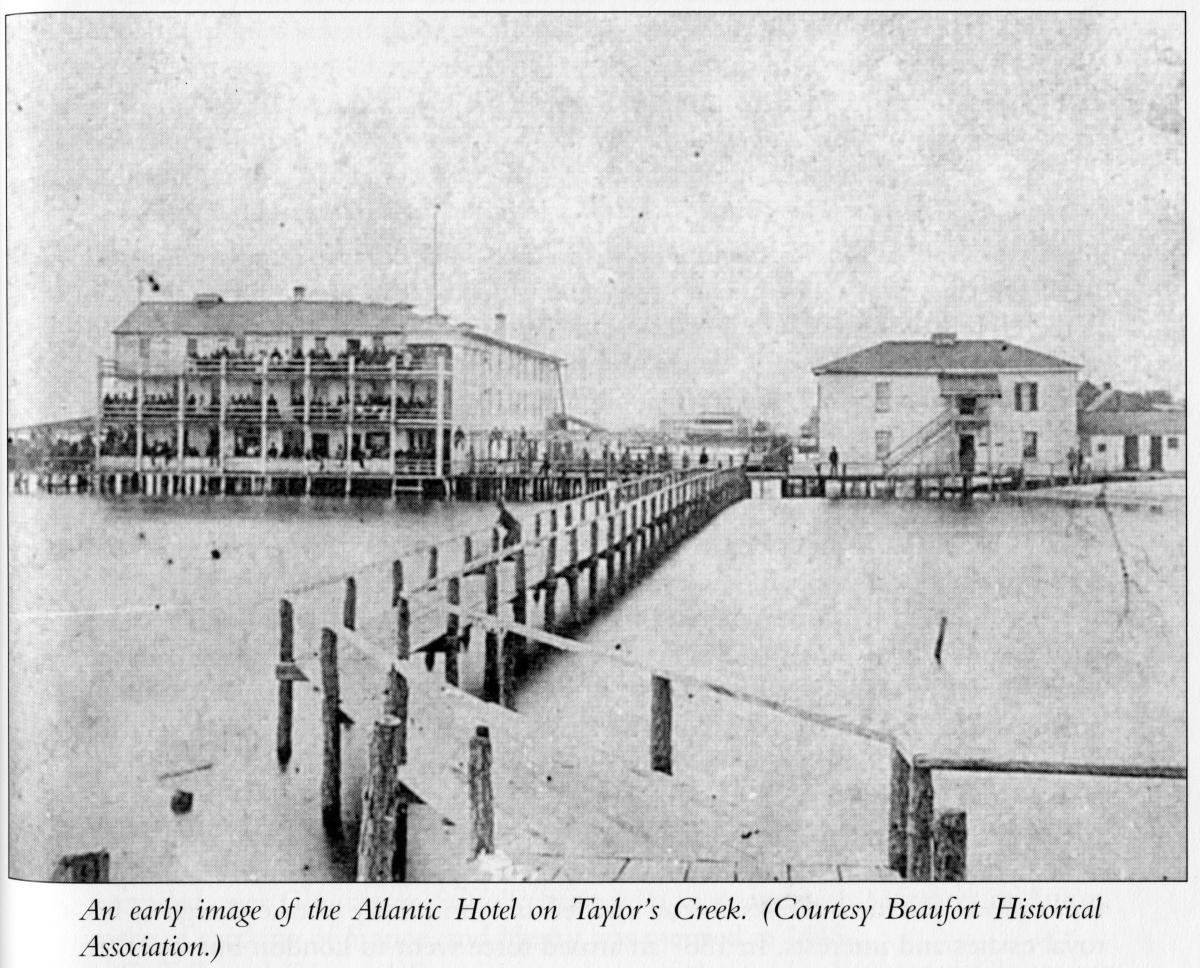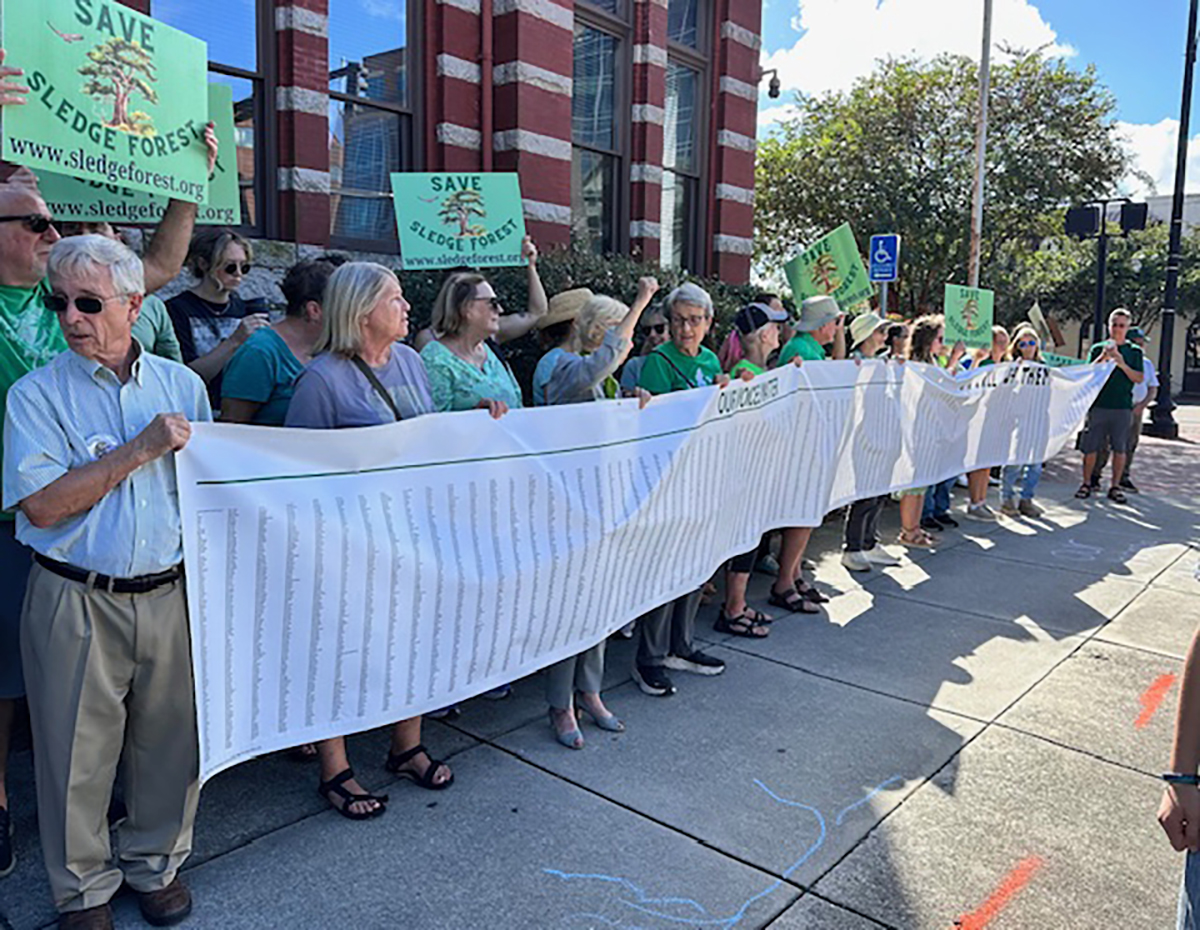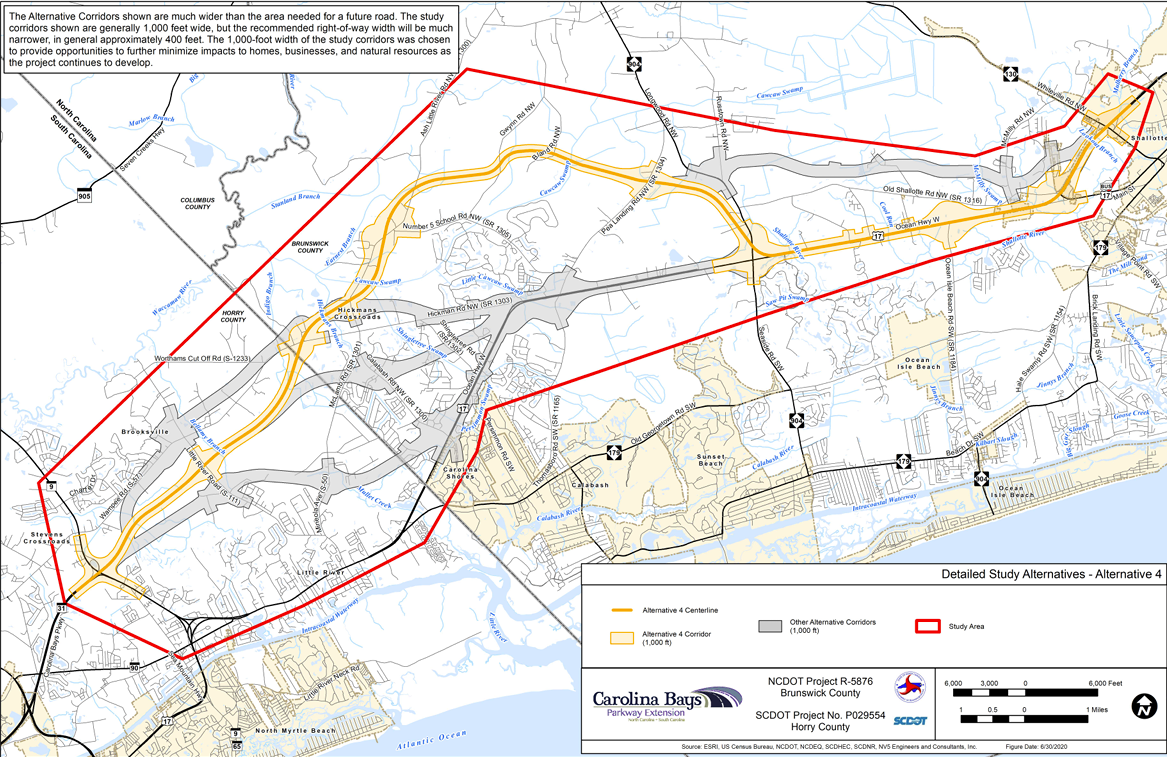FIGURE EIGHT ISLAND – For the moment, it comes down to 282.
That’s the number of “aye” votes it will take to get a majority approval from Figure Eight Island property owners to proceed with plans to build a terminal groin at the private island’s north end.
Supporter Spotlight
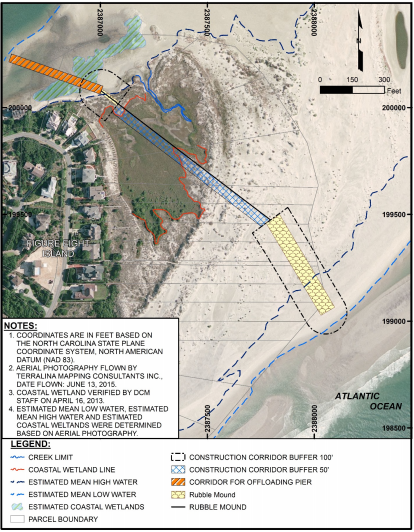
With about two weeks remaining until the original deadline of Oct. 31, “many” property owners had yet to cast a vote, according to an email distributed by the Figure Eight Island Homeowners’ Association’s Board of Directors.
“Based on the number of envelopes received to date, many owners have not yet cast a vote for their lot,” the Oct. 18 email reads.
Two days after sending that email to property owners, the board of directors announced that they were extending the deadline to 5 p.m. Nov. 15.
The reason, according to the Oct. 20 email, was because mail delivery had been affected by Hurricane Matthew, which left parts of eastern North Carolina with devastating floods after the storm swept up the state’s coast earlier last month.
Figure Eight Island Administrator David Kellam said in a Nov. 1 interview he did not know how many ballots had been returned.
Supporter Spotlight
The island’s homeowners’ association’s restrictive covenants allow one owner per lot to vote. There are 563 lots on the exclusive New Hanover County island.
“Not returning a ballot does have the same affect as a ‘no’ vote,” Kellam said.
That means that a minimum of 282 “yes” votes will have to be returned in order for the proposed project to pass. Votes that have been submitted, “remain secured, unopened, and uncounted,” according to the Oct. 20 email.
Ballots will be opened and counted by an independent accounting firm after the deadline. It is unclear exactly when the results will be released to property owners, but it will likely be within a week after ballots have been counted, Kellam said.
To cover the initial cost of the $7.4 million project – $23.5 million over 30 years – each lot will be assessed up to $8,800. That will pay for the installation of the proposed 1,500-foot-long terminal groin and associated beach nourishment.
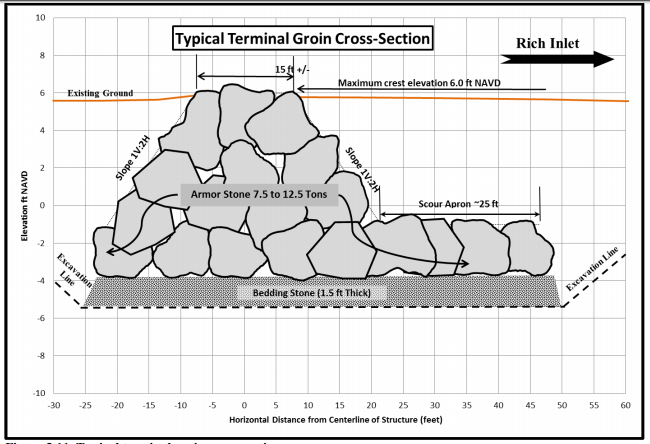
A terminal groin is a structure made of rock or other material placed perpendicular to the shore adjacent to an inlet to stabilize the beach.
Figure Eight’s HOA board unanimously agrees that a terminal groin is the best shoreline management option for the north end at Rich Inlet.
Though the north end has accreted by dozens of acres over several years, creating a broad, sandy spit that’s a haven for endangered shorebirds and a public beach accessible by boat on the island that’s otherwise off limits to non-residents, Figure Eight’s board and proponents of the terminal groin say history will repeat itself and the inlet will take a southerly turn and erode the beach.
North-end property owner Ed Pleasants likens a terminal groin to an insurance policy, one that will protect homes on the north end from erosion.
“When you’re dealing with Mother Nature, when you’re dealing with the tides and inlets, nothing is for absolute certainty,” he said. “I come down on the side of saying it’s worth doing.”
After hearing the board was going to extend the voting deadline, Pleasants sent an email to several property owners urging them to support the proposed project. He even suggested those who had already voted “no” to consider re-voting “yes.”
Whether or not that would be allowed remains unclear.
“That would be something that our legal counsel would get into,” Kellam said.
Pleasants’ island lot is not among those that the board of directors will have to obtain easements from in order to build the terminal groin.
Property owners of some of those lots – anywhere from a dozen to upwards of 15 – vow they will not grant the easements, a move that has the potential to halt the proposed project altogether.
Since the island is private and unincorporated, the homeowners’ association board does not have the authority to condemn property for the purpose of obtaining easements.
Pleasants was part of the board of directors that fought to get the state legislature to repeal a 30-year-old ban on hardened structures on the coast.
In 2011 the General Assembly changed the law, allowing up to four terminal groins to be built on the coast. That number was upped to six in 2015.
Bald Head Island in Brunswick County was the first beach town to build a terminal groin after the 2011 repeal. Officials in Holden Beach and Ocean Isle Beach are the next beach towns in that county hoping to do the same.
Figure Eight Island was the first to pursue a terminal groin, with the Army Corps of Engineers releasing a draft environmental impact statement, or EIS, in 2012.
An EIS is a study of various shoreline management plans created by an engineering firm hired by, in this instance, the homeowners’ association board.
Following the publication of the draft study, the board of directors decided to move the groin 420 feet north from its original proposed location at the request of some north-end property owners.
The change led to a supplement to the draft study, which the Corps released for public review in 2015.
The Corps released the final EIS in June, kicking off the federal permitting review process and one that has been twice extended at the request of the U.S. Fish and Wildlife Service.
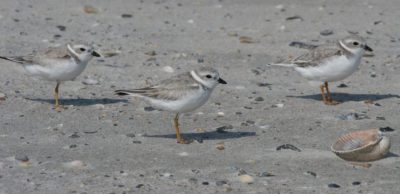
The extensions were prompted by additional information the service received on federally endangered piping plovers. Fish and Wildlife officials now have until mid-December to submit a biological opinion to the Corps.
Endangered and threatened piping plover species use the sprawling, sandy spit at the north end of Figure Eight Island to eat, nest and as a rest stop during migration.
The Corps cannot take action on its permit until the homeowners’ association board receives a North Carolina Coastal Area Management Act, or CAMA, major permit. The board has not applied for the state permit, which will require proof of property easements.
Per state law, a CAMA major application must include a copy of the deed “or other instrument” claiming title to the property.
Environmental groups, including the North Carolina Coastal Federation, as well as a group of Figure Eight property owners, argue that because the north end has accreted, there is no need for a terminal groin and that, if a terminal groin is built, the land north of it will erode.
“The spit will erode away with or without the terminal groin,” Kellam said. “That is a given. The EIS made the calculations with and without the spit there. Our interpretation of the EIS shows that the spit will go away, but the cause of the spit going away is not the product of a terminal groin. The cause would be the shifting of the inlet.”
But if the inlet maintains its relative location, the land that has built up on the north end in Rich Inlet will remain, opponents of the terminal groin say.
Nearly 50 property owners representing 26 lots expressed such concerns in a letter distributed concurrently with the ballots.
That group urges property owners to choose a project that would maintain Rich Inlet in its current general location.



